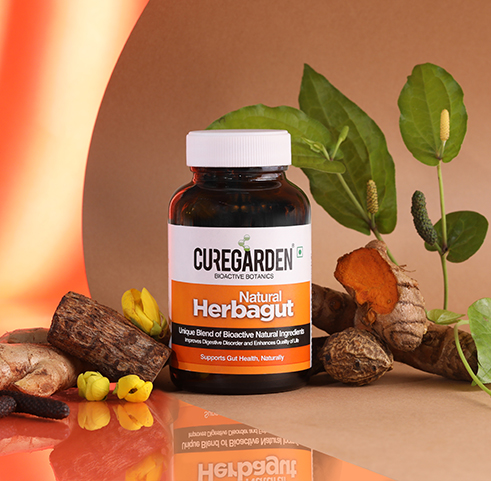Objective: To evaluate the potential antioxidant and hepatoprotective effects of n-hexane, dichloromethane(DCM), ethyl acetate(EtOAc), n-butanol and aqueous fractions of Moringa oleifera(M. oleifera) leaves methanol extract against carbon tetrachloride(CCl4)-induced liver injury in rats.
Methods: These fractions were prepared from the M. oleifera leaves methanol extract by solubilization in water and partitioning in n-hexane, EtOAc, DCM and n-butanol.
Their phyto-components were identified by GC-MS analysis. The in vitro antioxidant effect of these fractions was carried out by assessment of 1,1-diphenyl-2-picrylhydrazyl scavenging activity. A total of 40 Sprague Dawley rats were allocated into 8 equal groups: group 1 given olive oil (1 mL/kg b.wt.), group 2 injected with CCl4, group 3 to 7 administered with n-hexane, DCM, EtOAc, n-butanol and aqueous fractions, respectively after CCl4, group 8 administered with silymarin after CCl4. The activities of aspartate aminotransferase, alanine aminotransferase, and the levels of total cholesterol, triglycerides, glucose, total proteins
and albumin in serum were determined spectrophotometrically. Glutathione reduced, lipid peroxide by-products levels, glutathione-s-transferase and catalase enzyme activities in the liver homogenate were determined by spectrophotometer. Liver specimens were also examined for histopathological alterations under light microscope. Results: The GCMS analysis of different fractions of the M. oleifera leaves methanol extract revealed that n-hexane, DCM, EtOAc, n-butanol, and aqueous fractions contained 17, 22, 23, 19 and 32 compounds, respectively. The percent and the molecular structure of each component in each fraction were identified. The n-butanol and EtOAc fractions exhibited the strongest in vitro antioxidant activity against 1,1-diphenyl-2-picrylhydrazyl. CCl4 significantly decreased glutathione reduced and total proteins concentration and glutathione-s-transferase and catalase activities but increased lipid peroxide by-products and total cholesterol levels.
The n-hexane followed by aqueous and DCM fractions were the most potent to regulate serum enzyme activities and lipid peroxide by-products levels in the liver homogenate.
Conclusions: n-hexane, DCM, and aqueous fractions have the highest effectiveness against CCl4-induced hepatotoxicity. Isolation and purification of the active constituents require further experiments
Attia H. Atta, Soad M. Nasr2, Abduljalil H. Almaweri , Doaa Sedky , Amany M. Mohamed , Hassan M. Desouky, Mostafa A., Shalaby1 (July 2018 Asian Pacific Journal of Tropical Medicine 11(7):423-429)

